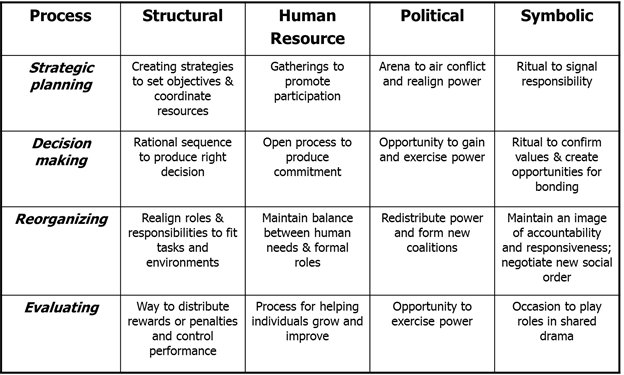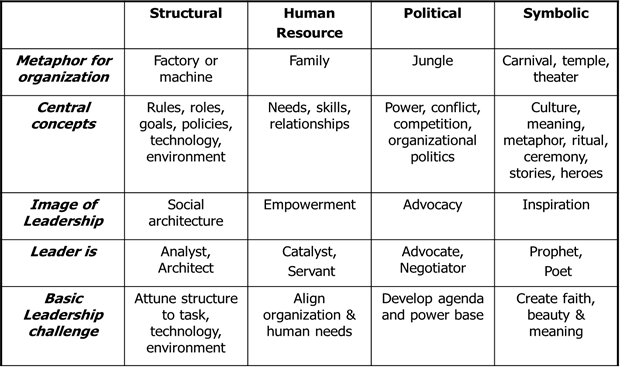by Jay Donahue, CAE, KCSAE Director
I’m certain by now you’ve heard and/or read that our workforce today is comprised of individuals from four different generations. We know, the Baby Boomers born between 1946 to 1964, the Gen X’s 1965 to 1976, the Millennials born between 1977 and 1995, and now the Gen Z’s, born after 1996. But some would counter that because of the Great Recession, some individuals born before 1946 are still working – and that would mean there are five generations on the workforce.
And if you working in any type of supervisory role, are you prepared and knowledgeable to manage these diverse sets of employees? That was the subject matter of KCSAE’s June all-member education session. The title of the program was “Strategic Decision-Making: Leadership Models for a Modern Multigenerational Workforce.” Our presenter was Scott Helm, Ph.D. with the Midwest Center for Nonprofit Leadership at the UMKC Henry W. Bloch School of Management.
Scott shared with the attendees how as leaders in associations you can be better equipped when looking through four basic lenses – or what is known as the Four Frames Model of Bohlman and Deal.
The session was interactive in that attendees were first asked to complete a self-assessment asking rating their own leadership skills sets in a variety of work-type scenarios. There were no right or wrong answers. Once these were completed, Dr. Helm helped explain to us what our “dominant frame” was based upon the scores tallied from the assessment.
The four frames are: Structural, Political, Human Resources, and Symbolic. The following charts provide a primer for the different frames.
So, if your dominant frame was Human Resources (which by the way was the most prevalent frame of the association professionals in attendance), when leading fellow employees in a decision-making scenario, you would like to see that all participants are provided with an equal opportunity to contribute and that the final decision was reached by those present who will commit to and support that decision.
Likewise, if your dominant frame was Structural, then you might think that an ideal environment or metaphor for your organization was a setting like a factory or the precision of a machine.
Dr. Helm suggested that one’s dominant frame may have been shaped based upon how you were brought up in your business career. Perhaps you had a mentor who influenced the lens in which you look through the frame. In the past a successful worker would emulate the work style of their boss. Today it is very different, a successful leader needs to be more empathetic and acceptable of the work styles of their employees.
This program offered great take-a-ways for KCSAE members to use back at their perspective work places. Understanding your dominant frame and those that you work with might very well reduce “parking lot” discussions, or the dreaded coffee-break conversations when small pockets of people are having discussions that are not help in the open.
If you're interested in receiving the self assessment tool or charts, please contact Cynthia Edmunds at cedmunds@kcsae.org.


